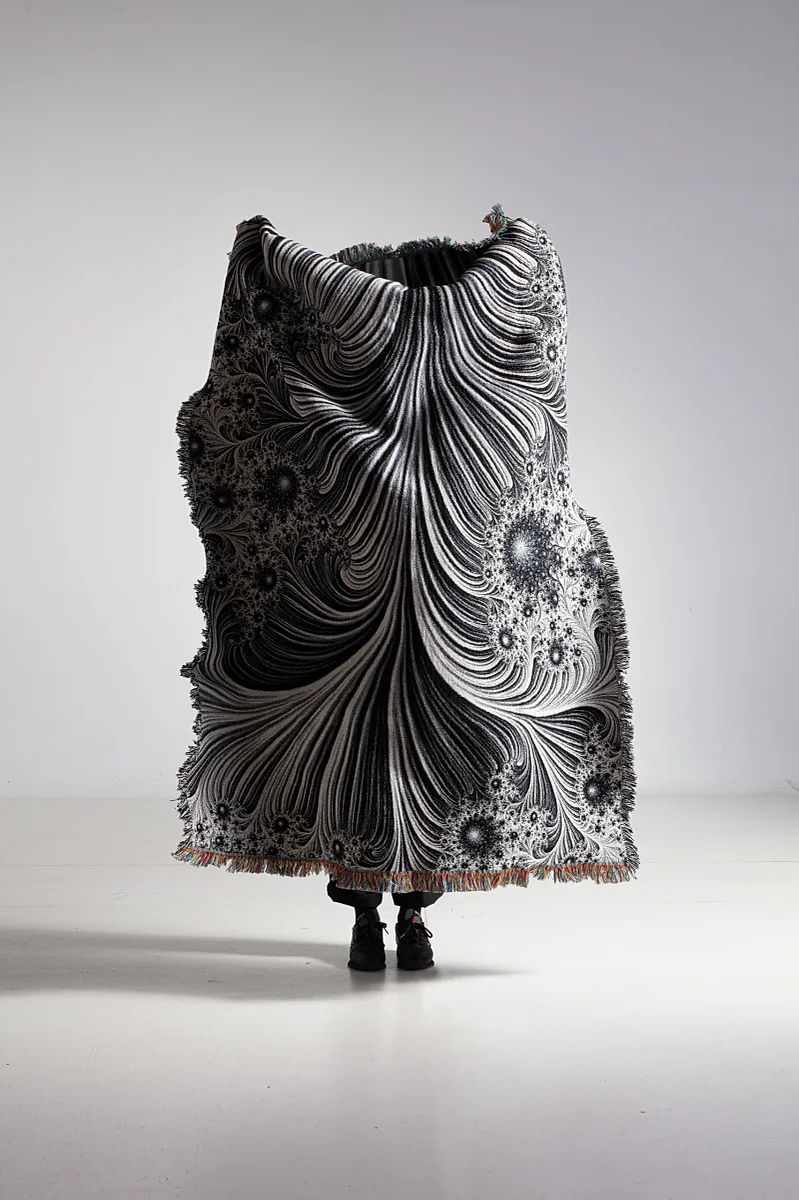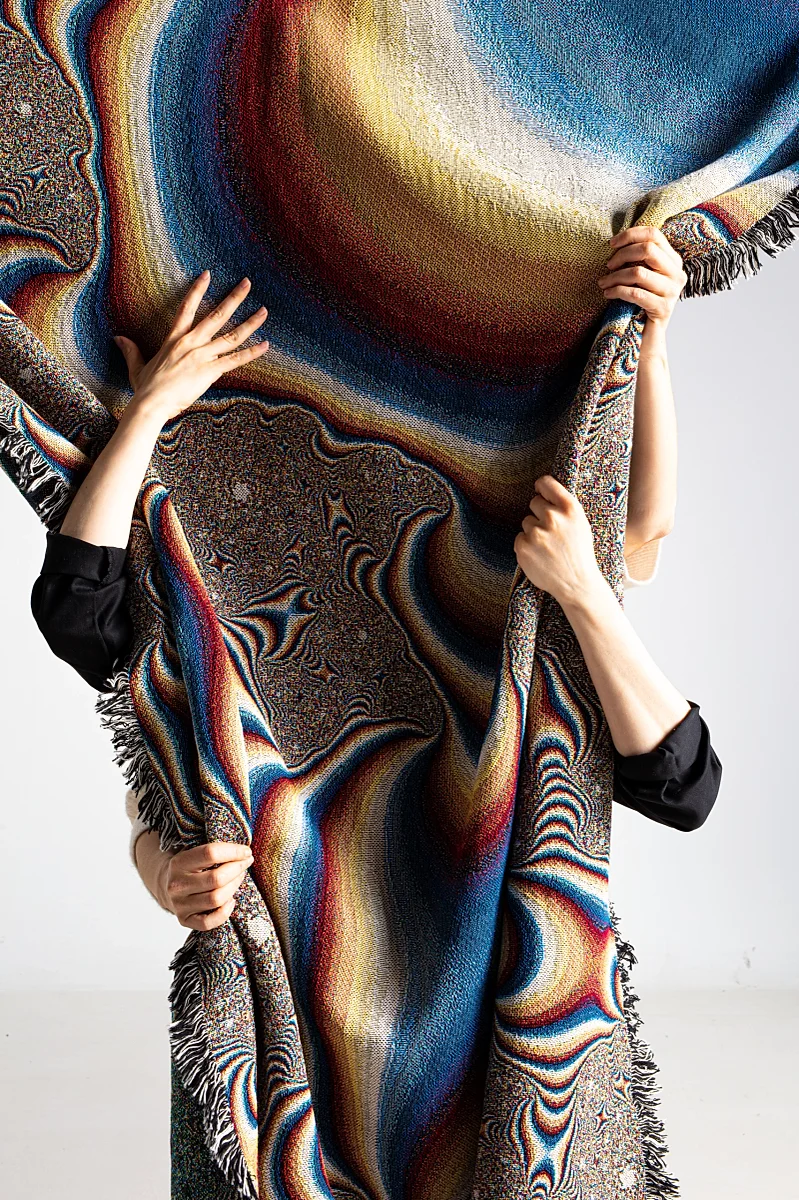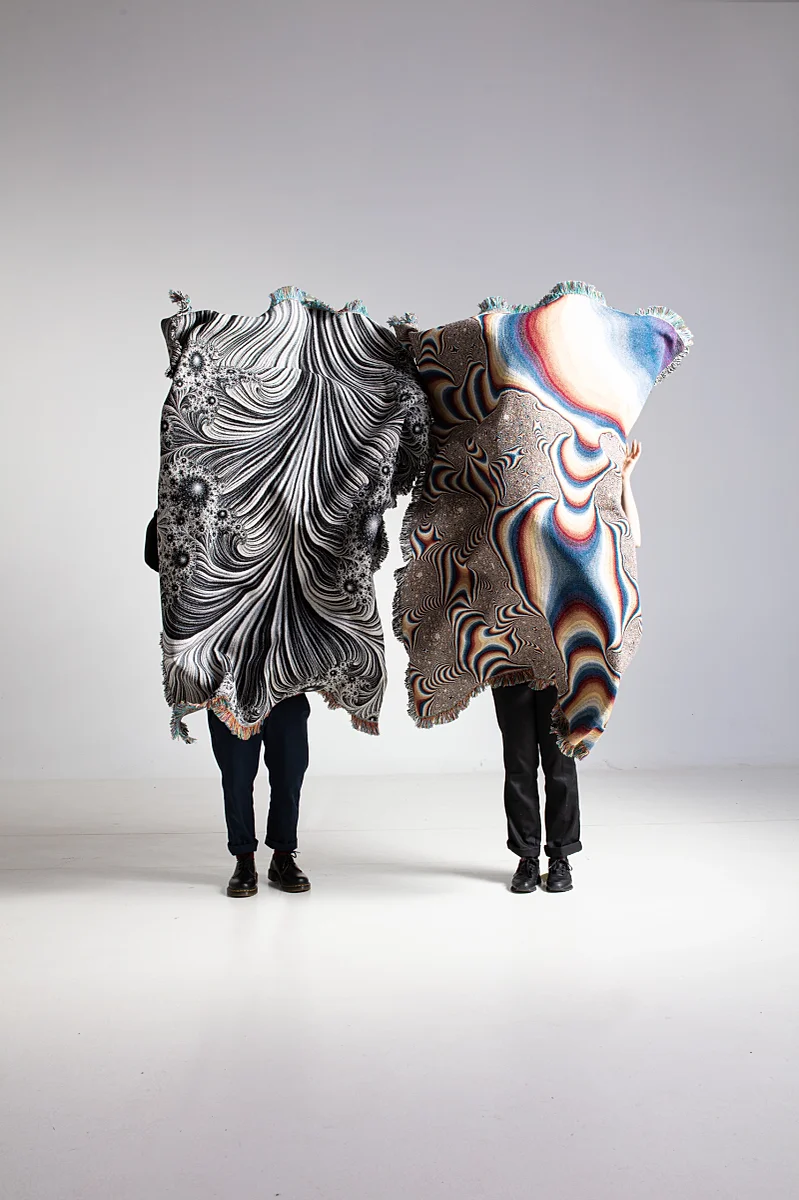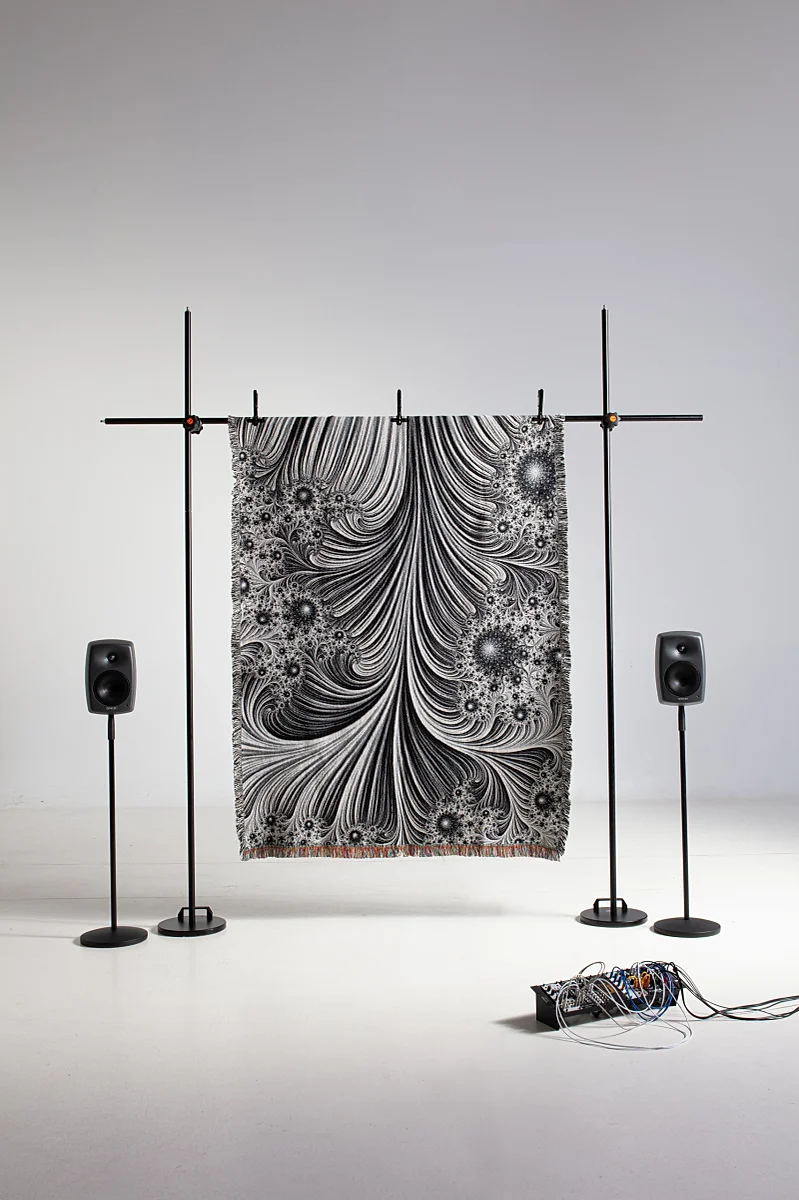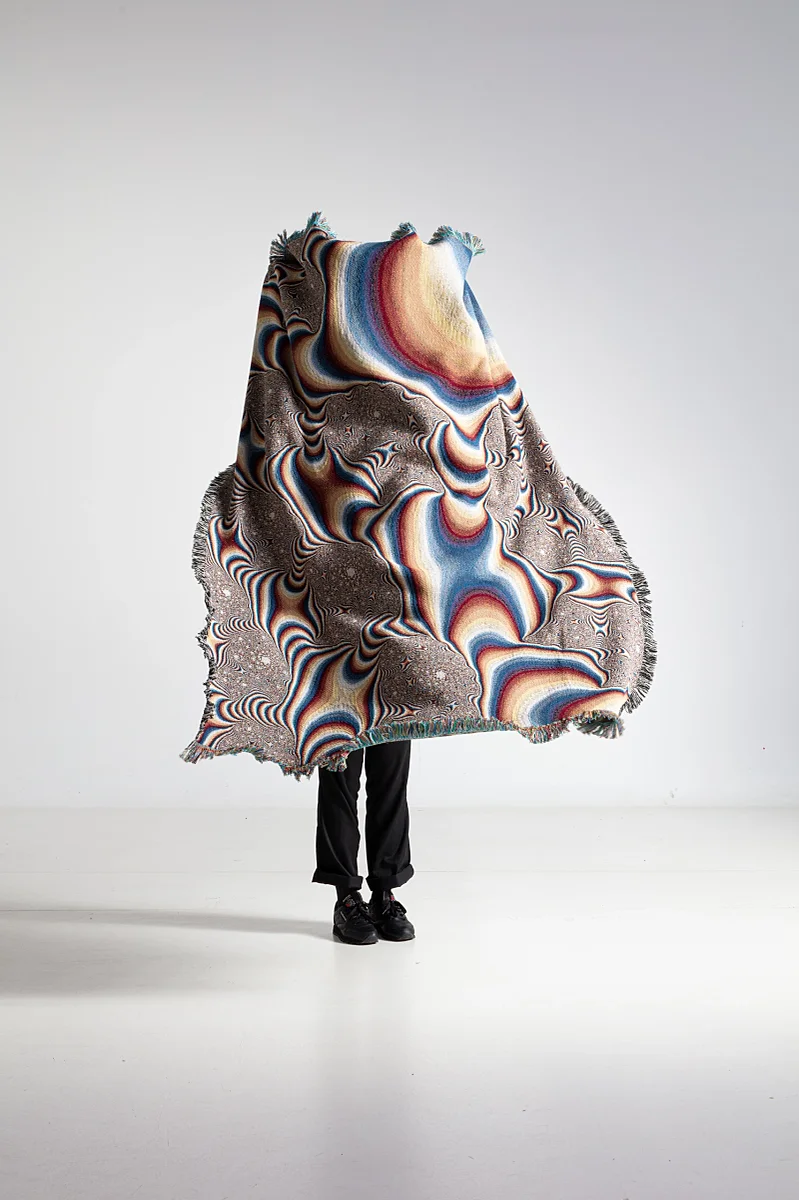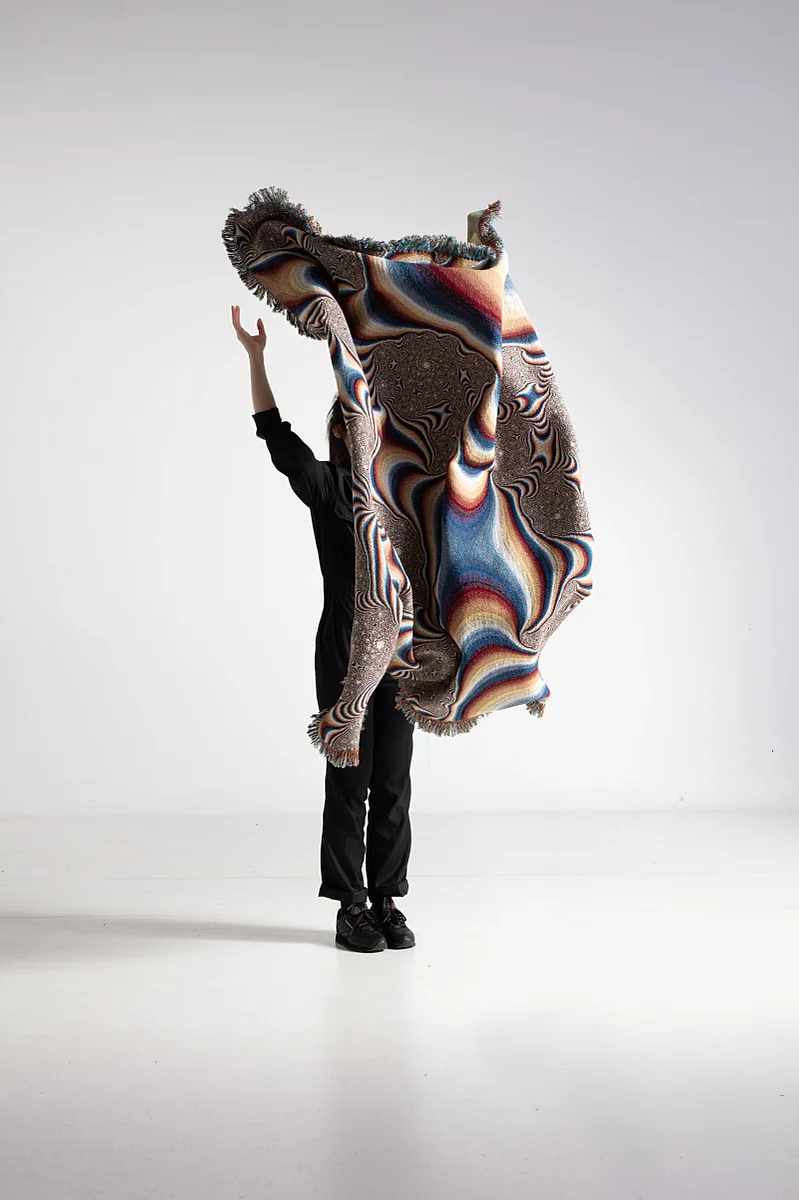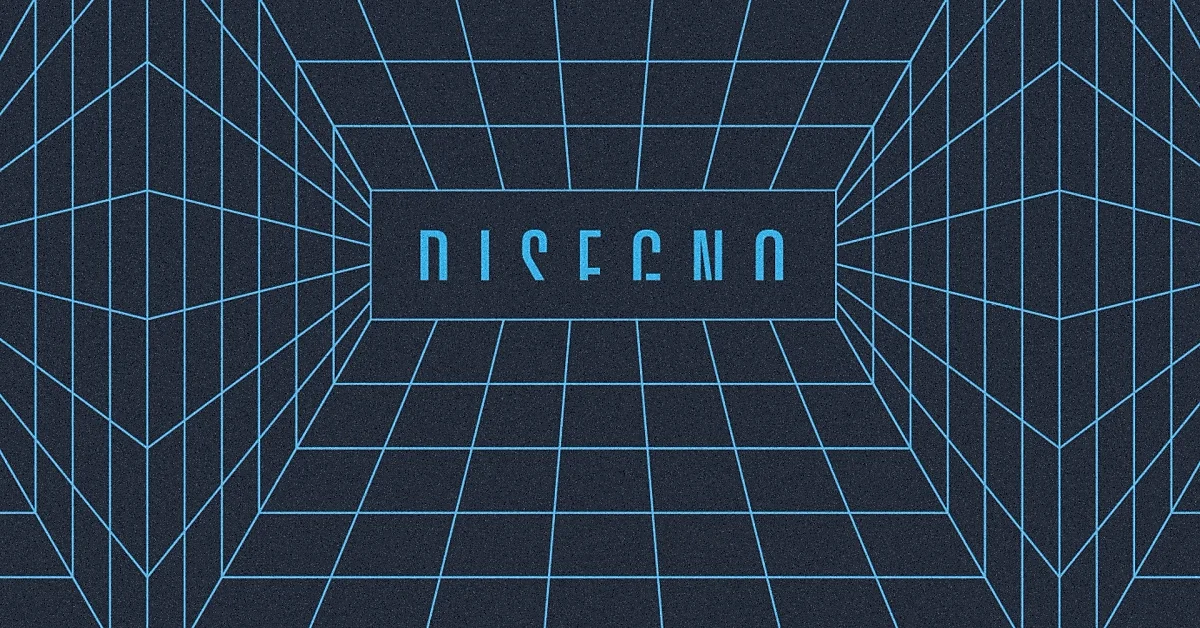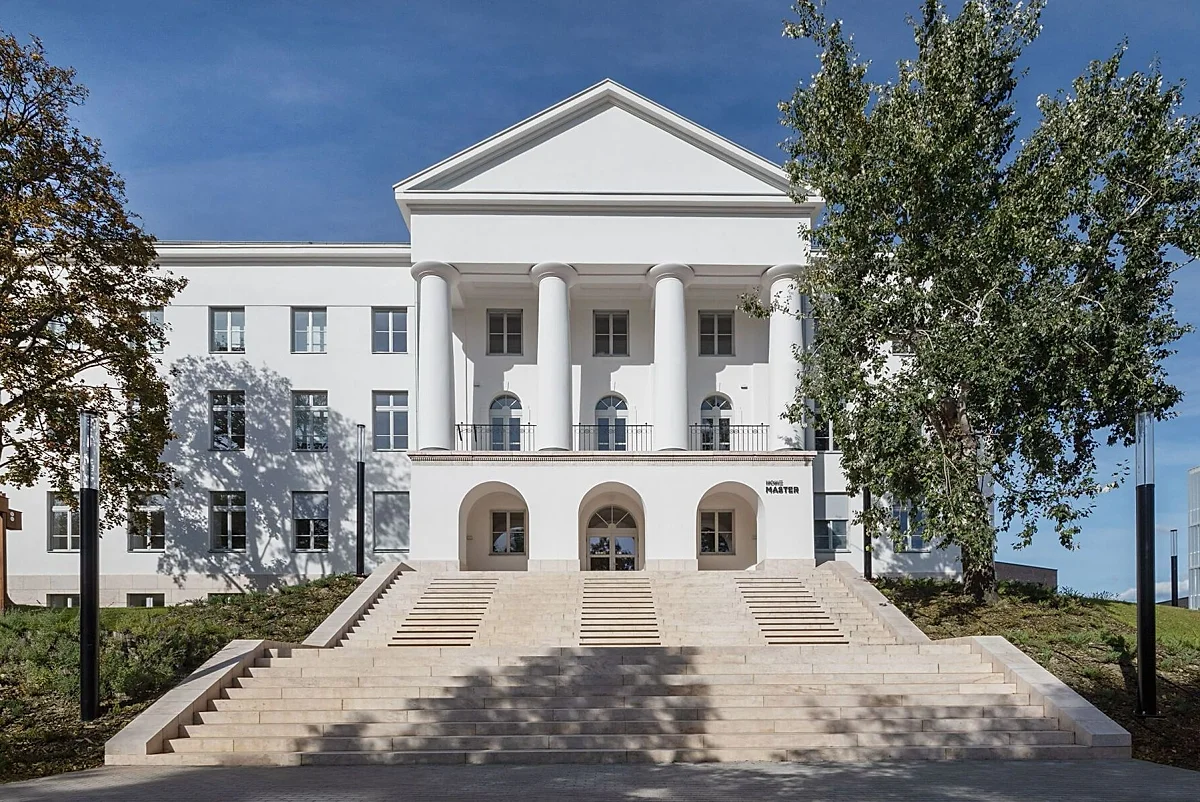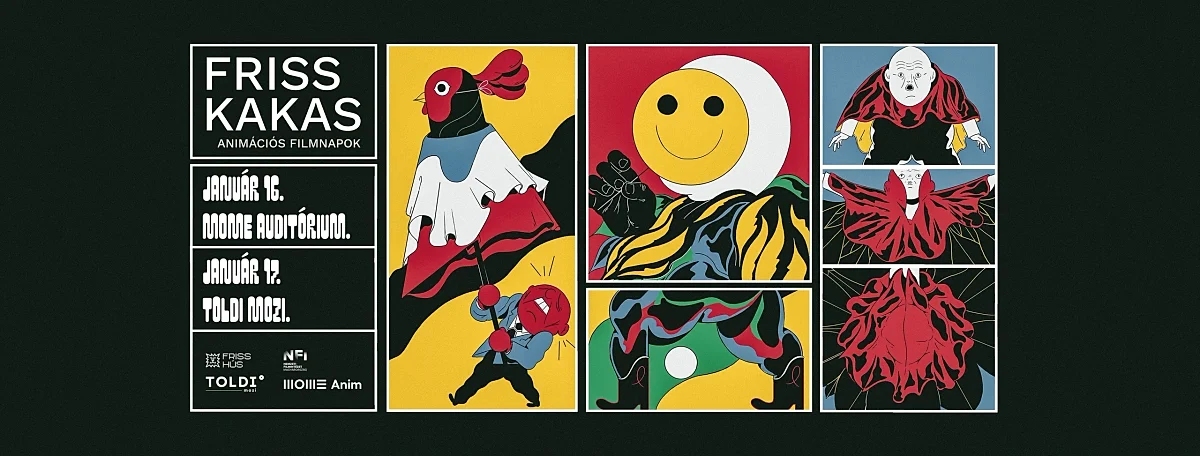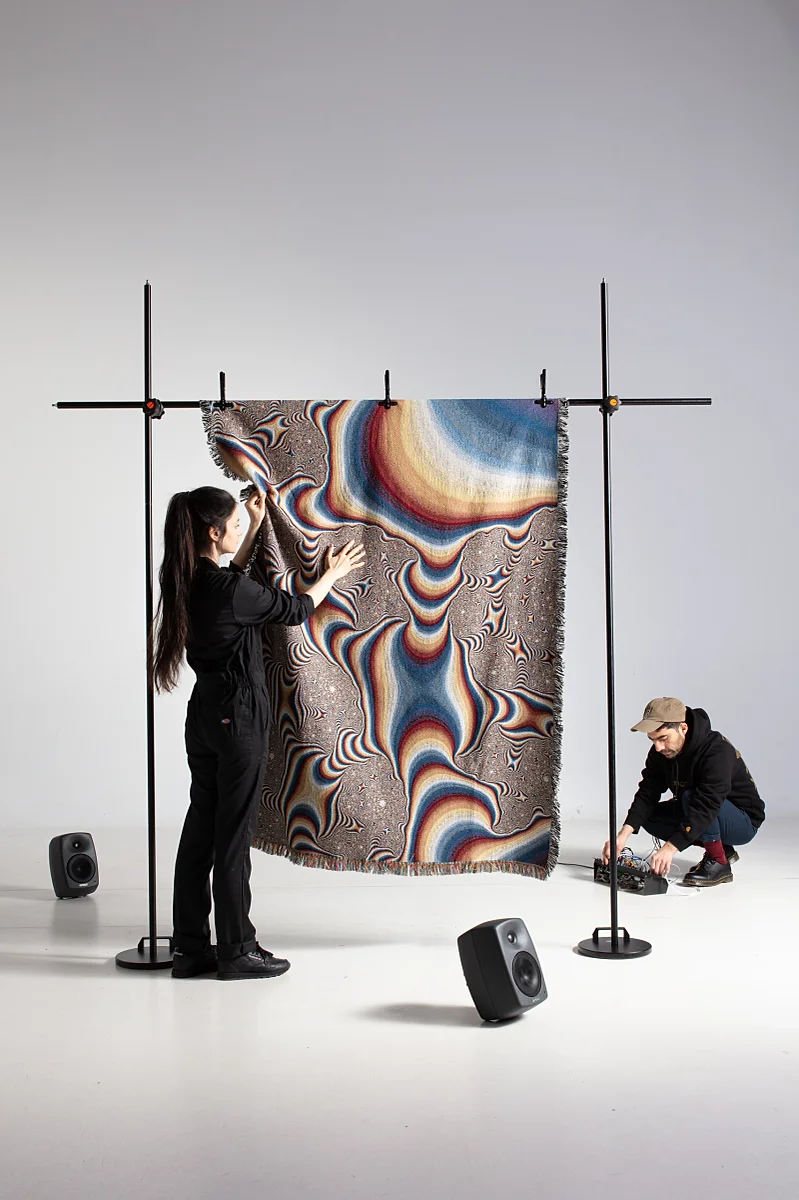
Music at a touch – The House of Music, Hungary presents EJTECH’s latest installation
Since its foundation eight years ago, EJTECH has created unique sound, textile, and space-specific installations that featured in a wide variety of settings. Beyond the art scene, Judit Eszter Kárpáti and Esteban de la Torre’s works, conceived in the spirit of technospiritualism, also caught the attention of the film and fashion industries, resulting in collaborations with Dior and Blade Runner 2049. Judit and Estaban were both students at MOME when they first met.
In their polydisciplinary, multidimensional creative processes, Judit focuses on material research, hybrid materiality, and textile art, while Esteban works with sound, media, and electronics. Their latest artwork Dung-Dkar Cloak is perhaps the most powerful synthesis of their joint efforts.
You have been working together under the EJTECH brand name for nearly eight years. How has your work changed and evolved since the start? Has there been a shift in your focus? Have some things become clearer for your or taken a completely different turn?
We launched EJTECH based on a concept of creating toolsets and technologies to change and further expand perception of our reality and ourselves, and our constantly changing relationship to and mindset about them. Our approach has always been driven by in-depth material research, resulting in fine art installations and tools for radical material thinking and design. This has not changed. What has changed, or rather evolved, though, is that our early focus was mostly tangible user interfaces (TUI) as artworks exploring human-material interaction. With the knowledge acquired, these interfaces have gradually turned into spaces of experience, large-scale space-specific installations and ambient computing systems.
There is a lot of fear or at least criticism surrounding new technologies such as AI. It seems to me that technospiritualism can be a way to reduce this anxiety by creating a link between spiritual experience and technology. What is your take on this subject?
People are often wary of new technologies. In the 19th century for example, textile workers known as Luddites went on a rampage destroying looms in a technophobic frenzy. Artificial intelligence is an amazing tool that can deliver incredible results when used to improve human living conditions. We believe it’s the overwhelming amount of screen time that should be a cause for mass anxiety.
Technospiritualism is our take on new materialism that re-imagines the world as a continuum of vibrant, active matter rather than a dichotomy of passive, inanimate matter and active, living matter.
Your Dung-Dkar Cloak installation appears to be easy to communicate, interpret, and absorb. It also strikes me as a synthesis of several matters you’ve been exploring so far. Could you explain the concept and choice of name?
Certainly. As mentioned before, identifying and creating interfaces are something that we have been greatly intrigued by and working on for a while now. Dung-Dkar Cloak is the most recent outcome of our academic research at the MOME Innovation Center, directed at creating augmented metamaterials. It is also suggestive of our interest in fractals. It consists of a series of Jacquard woven interfaces reflecting on the complex dynamics of natural systems and human perception. The user experience is explorative and intuitive, and is directed at unearthing sensation awareness by speaking to a somatic intelligence.
This soft interface responds to delicate gestures, resulting in musical compositions. The public becomes both the performer and the listener, with textile acting an intermediary material between the skin and the outside world, the physical and the digital environment, and as the means to building platforms linking various universes. The woven strands within the textile form a unique network, creating the next interface for human-computer interactions.
Dung-Dkar is a ritualistic Tibetan temple trumpet, a beautiful instrument carved from a white conch shell decorated with inlaid metal.
What are you working on now and in the near future, and what are your goals for EJTECH?
Currently, we are preparing a standalone version of Dung-Dkar Cloak that will be exhibited in the House of Music, Hungary, and in September, we will present our installation XENOPTYX at the Cyfest in Yerevan, Armenia.
The opening ceremony of Dung-Dkar Cloak will take place on 6 September at the Intermezzo Festival co-organised by MOME and the House of Music, Hungary, with the creators personally presenting their work. The installation will be on display until 25 September during the regular opening hours of the House of Music, Hungary. Next, it will head to the MOME Campus, where it will be exhibited as part of the Future Materials conference on 28 and 29 September.
☞ More about the research project: https://mome.hu/en/projects/multisensory-textile-innovations
 : Biró Dávid & Bilak Krisztina
: Biró Dávid & Bilak Krisztina
